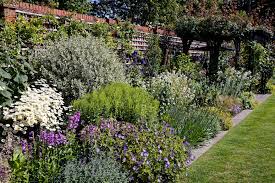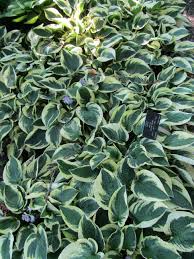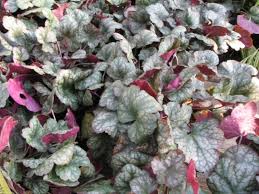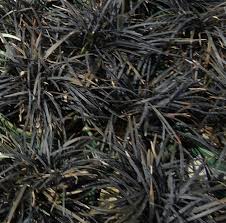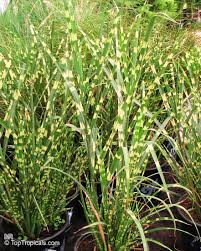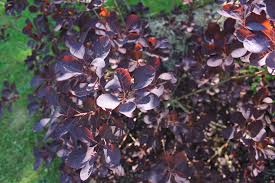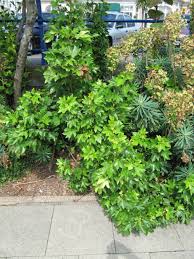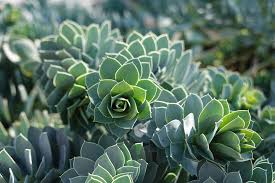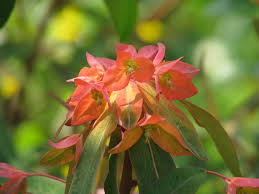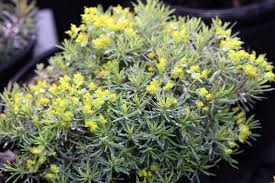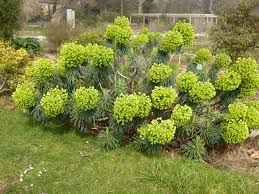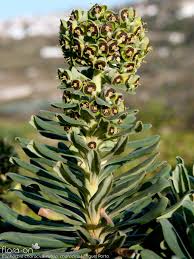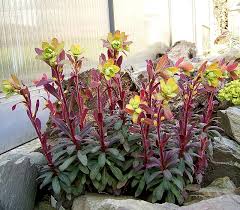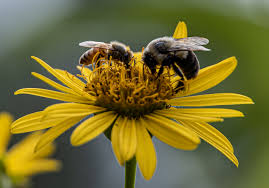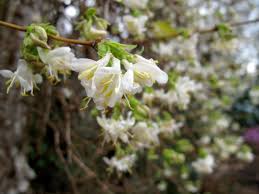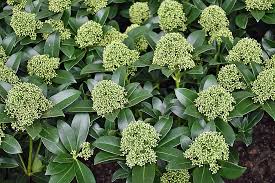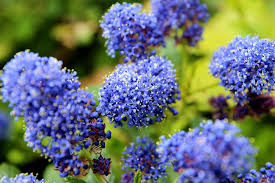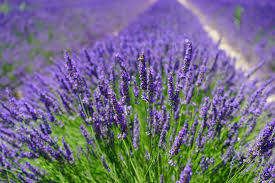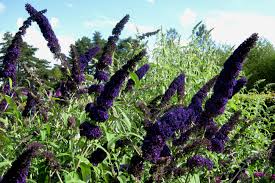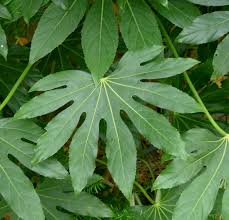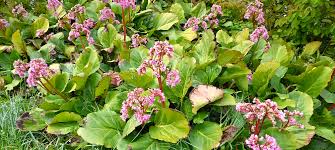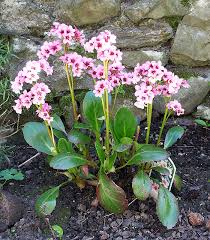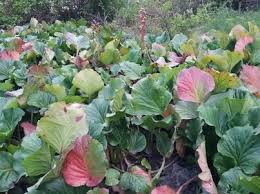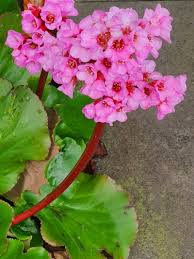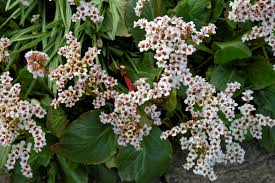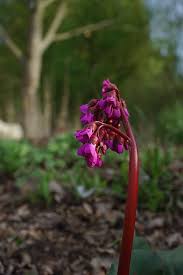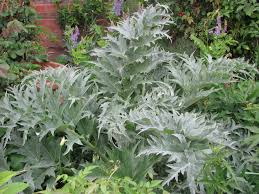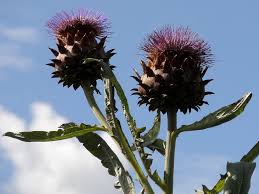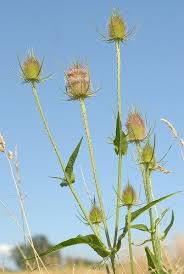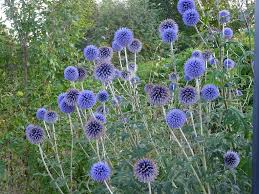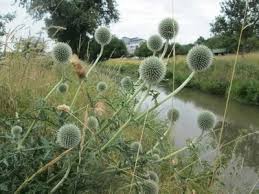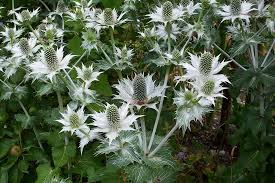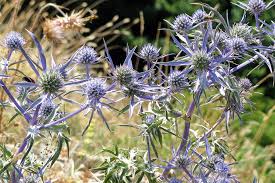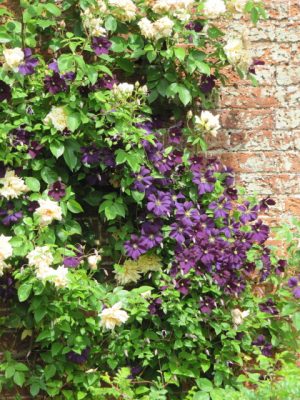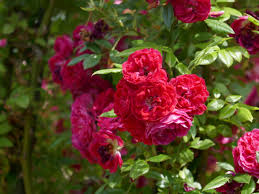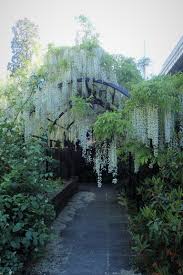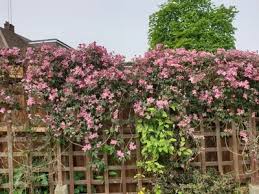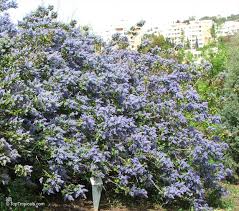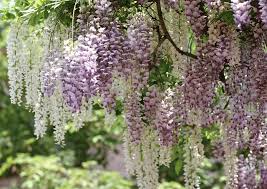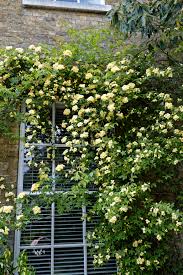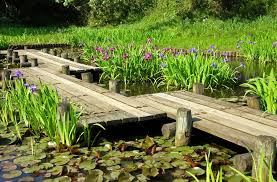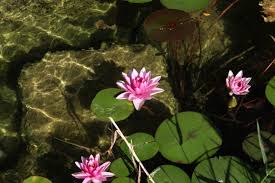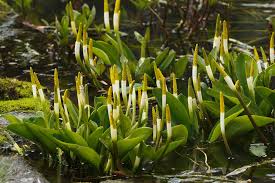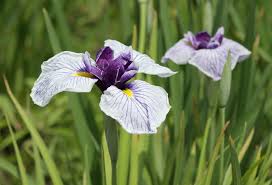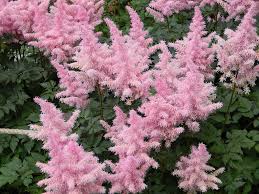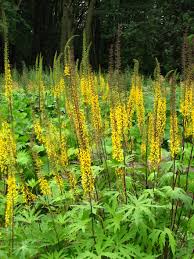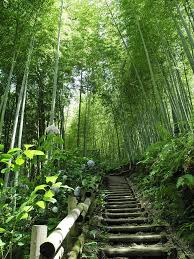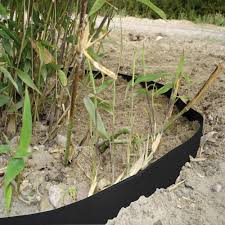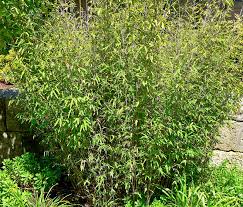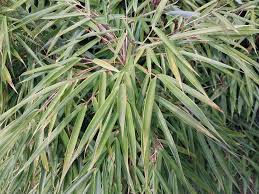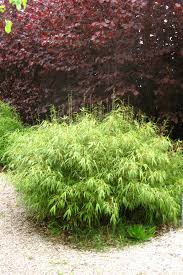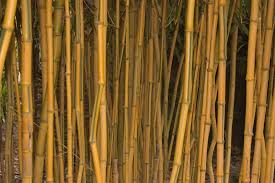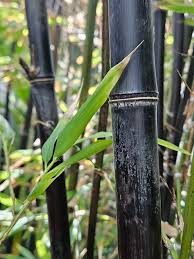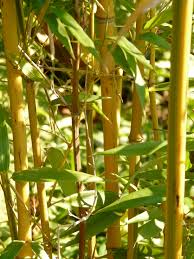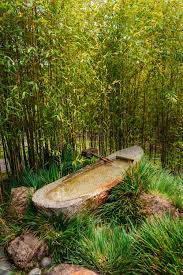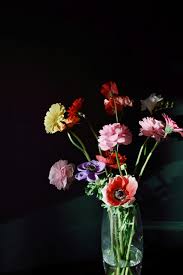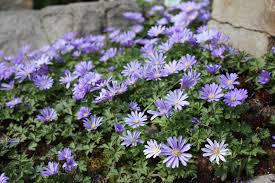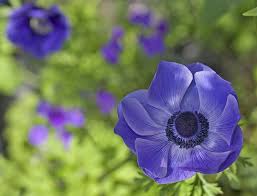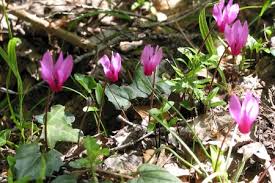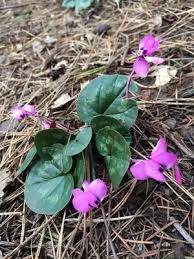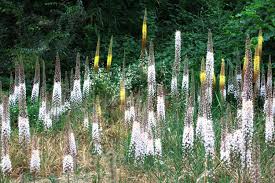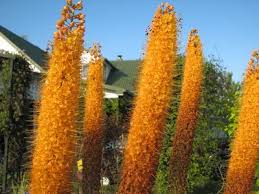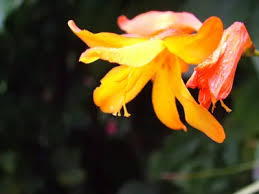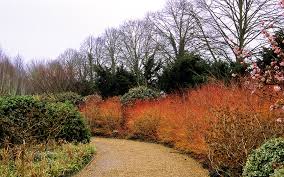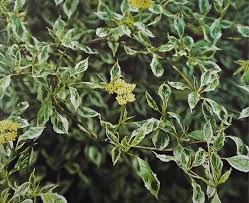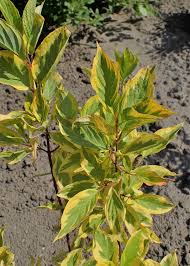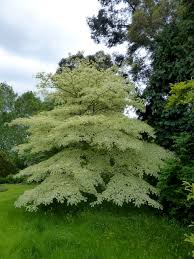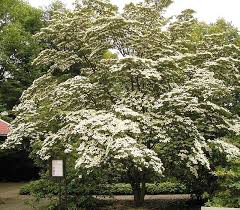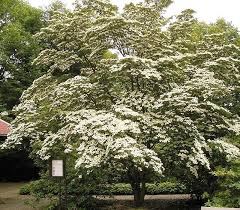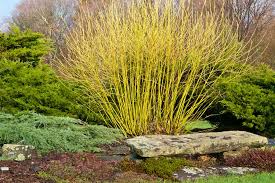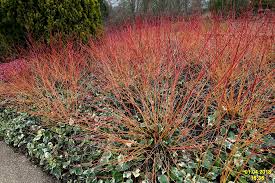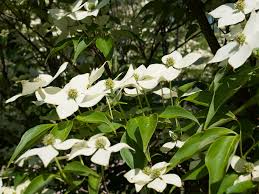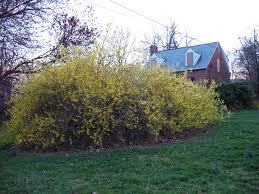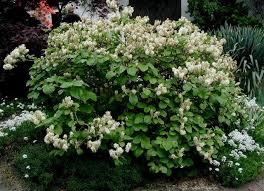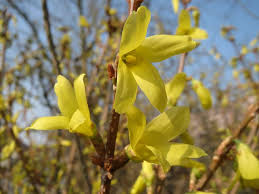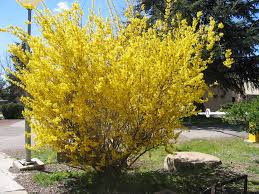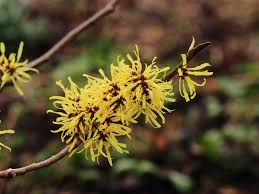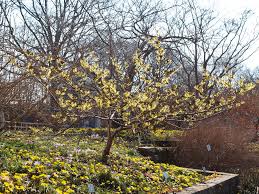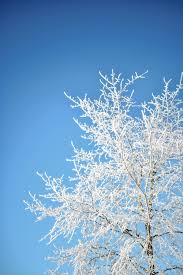
Bare tree branches with frost
The structure of your planting and in particular solitary specimen shrubs and trees comes into their own in the winter months. With statuesque shapes and forms, picked out in frosty mornings, snow clung days and weak light foggy afternoons. Planting structure makes a garden. Here are some ideas to get you started.
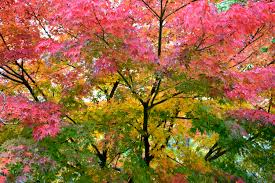
Acer ‘Senkaki’
Acer ‘Senkaki’: A striking small tree in many senses and a superb choice as a specimen for a small garden. Moderately slow growing, 1.5 to 3m tall, with ascending branches. Small light green leaves, with golden autumn colour. But it is the bark that is the star turn, a brilliant coral pink with green and white stripes, on older growth the bark is greener. The shape and bark are enjoyed at their fullest with the bare stems of dormancy. Grow in dapple shade to prevent leaf scorch. Humus rich water retentive soil, neutral to slightly acidic.
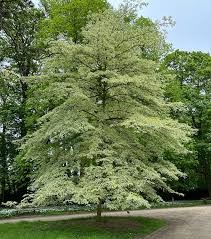
Cornus controversa ‘Variegata’
Cornus controversa ‘Variegata’: A slow growing large shrub to small tree, that is well worth the wait. It needs space to be allowed the room to form its striking shape. Reaching 3m tall and 3 /4m wide. This shrub is often called the ‘weeding trier cake’ A central stem holds its side branches in horizontal triers, with delicate small variegated leaves often dropping downwards. Small cluster of white flowers in late spring are held upright on the stems. Butter yellow autumn colour. Its shape can truly be appropriated when the leaves have fallen. Dappled shade helps stop sun scorch. Good soil, not to thin.
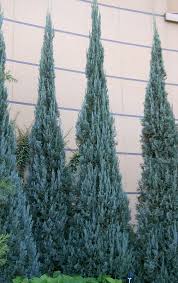
Junperus virgina ‘Sky Rocket’
Japiperus virgina ‘Sky Rocket’: This tall shrub up 2.5/3m, is the exception mark of planting. A narrow densely packed vertical habit of dark evergreen needles, gives this shrub all year round punch factor. Perfect for the end of a planting or framing a view. Sun to a little dappled shade. Most soils, not waterlogging.
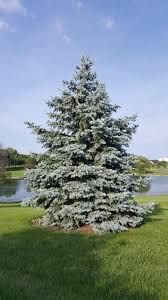
Picea pungens ‘Hoopsii’
Picea pungens ‘Hoopsii’: This is a Striking medium sized conifer up to 2.5m tall by 1.5 wide. It has the striking open structure of all picea (think Christmas tree here). With eye catching sliver/grey needles. Making this an evergreen shrub perfect for statement in a lawn or on a corner, it will stop you in its tracks, Sun to a bit of shade. Tolerates must soils even damp ones.
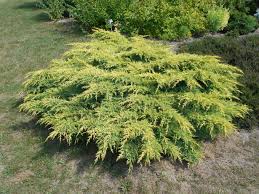
Juniperus media ‘pfritzeriana’
Juniperus media ‘Pfrizeriana ; Structure is not all about the vertical. This shrub is the ‘daddy’ of the horizontal plane. A wide spreading shrub 3.5 m wide to 1.5/7m tall. It makes a bold vase shape, with branches growing from the base in a wide ascent. Dense mid green foliage of small evergreen needles, with dropping new grow on the tips. This adds bold structure to the garden. Most soils not water logging. Sun to part shade,
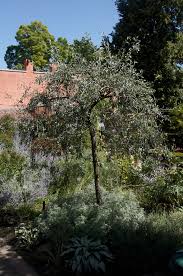
Pyrus salicifolia ‘Pendula’
pyrus salicifolia ‘Pendula’: A weeping tree adds an extra structural dimension to any garden planting. This is a stunning small tree, up to 3 m with as the name suggests a weeping habit. Small narrow sliver leaves give this tree a delicate feel, with small clusters of white flowers in April/May followed by small round green fruit. This tree with or with out its foliage has wonderful structure, making it a good statement tree or the focal point of a boarder. Full sun, most free draining soils.
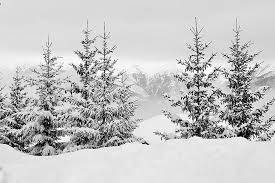
Picea in the snow
I hope I have given you food for thought, when planning your planting or sighting a specimen tree. If you want help to give your existing garden shape, form and much needed structure through the seasons. Then I know just the woman to help you, give me Emily a call on 01273 470753, to discuss your garden project. I can’t wait to hear from you!

